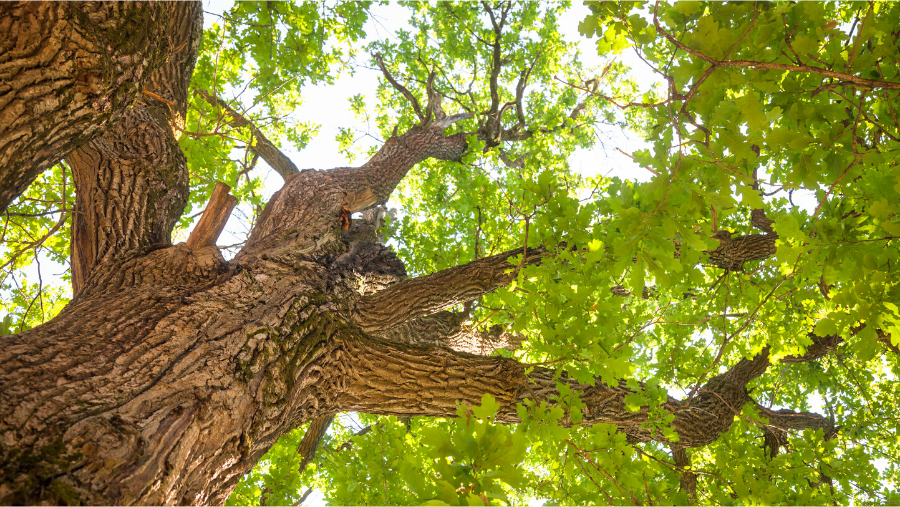
Places to Visit
It’s Time to Explore
Little Cressingham is perfect for exploring East Anglia; it is under an hour’s drive to the cathedral city of Norwich and the Norfolk Broads, and only just a little further to the stunning beaches, salt marshes and quaint coastal resorts of the North Norfolk Coast. There is so much to see within an hour of Phoenix House, far too numerable to list, that you really should visit this beautiful part of Norfolk and sample this first hand.
Market Town of Watton
The old market town of Watton is only 2.5 miles away, where you’ll find all the shops that you might need, like Boots and Tescos. There are 4 pubs in town and several restaurants. There is a High Church of England (Anglican) church, a Methodist and Baptist church in Watton and a Roman Catholic church in Swaffham. There is a modern medical practice in town as well.
City of Norwich
The beautiful city of Norwich is about 40 minutes from Little Cressingham. This is a ‘must see’ city with it’s wonderful famous lanes and buzzing café culture and shopping. With two cathedrals and dozens of Norman churches to satisfy the cultural appetites of those among you; there is never enough time to take it all in on one visit.
North Norfolk Coast
The North Norfolk coastal resorts of Sheringham, Wells by the Sea, Brancaster and many more are all reachable in under an hour.
Wayland Woods
Wayland Woods, is the origin of the ‘Babes in the wood’ fable. The essence of the lore concerns two children. After the death of their parents, they are left in the care of an uncle. However, the uncle resents the task and pays two men to take the children into the woods and kill them. Finding themselves unable to go through with the act, the criminals abandon the children in the wood where, unable to fend for themselves, they eventually die. The uncle was said to have lived in the nearby Griston Hall and the babes feature on the town sign.
Oxburgh Hall
Oxburgh Hall, which is a fine moated house, only approximately 8 miles from Phoenix House, is today in the hands of the National Trust. Built around 1482 by Sir Edmund Bedingfield, Oxburgh has always been a family home, not a fortress. The manor of Oxburgh came to the Bedingfield family by marriage before 1446, and the house has been continuously inhabited by them since their construction of it in 1482, the date of Edward Bedingfield’s licence to crenellate (build battlements) the property. At this time, if you didn’t have a licence to fortify your property you could end up having to pay a fine to gain the Kings Royal Pardon.




